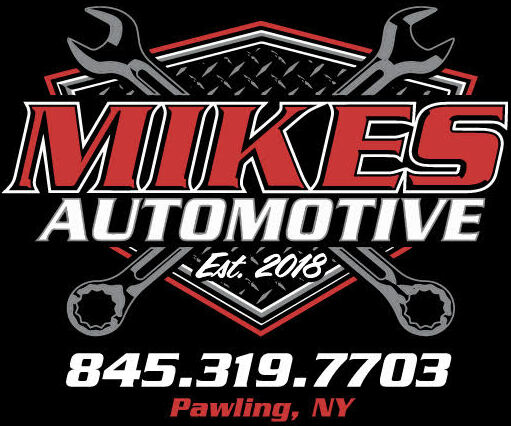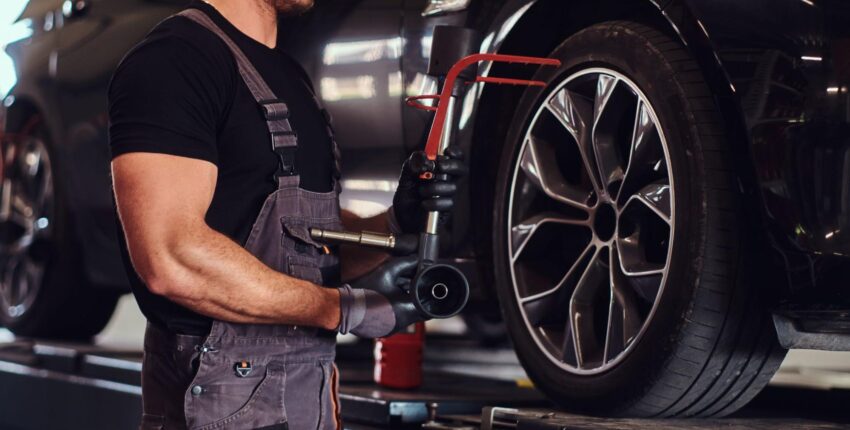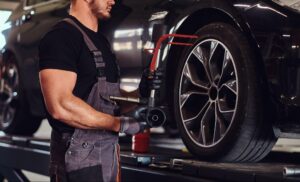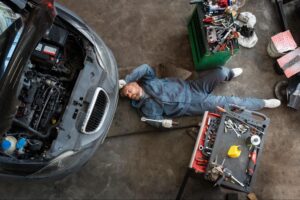Tires may not be the flashiest part of your vehicle, but they are one of the most important. They’re your only direct connection to the road, carrying the full weight of your car, helping you stop safely, and ensuring you maintain control in every turn. Because of this, their condition says a lot about your vehicle’s health. One of the biggest warning signs drivers often overlook is uneven tire wear.
At first, it might seem like a minor cosmetic issue. After all, if the car still drives and the tire hasn’t gone flat, what’s the harm? The truth is that uneven tire wear is often the first indicator of deeper problems. Ignoring it can lead to poor handling, higher fuel costs, premature tire replacement, and even dangerous driving situations. Understanding why it happens and what to do about it can save you from unnecessary expenses and help you stay safer on the road.
Let’s take a closer look at why uneven tire wear happens, the risks it creates, and how you can prevent it from becoming a bigger problem.
What Causes Uneven Tire Wear?
Uneven tire wear isn’t random. It usually points to an underlying issue with your car’s suspension, alignment, or maintenance habits. Here are some of the most common causes:
- Poor Tire Alignment
When your wheels aren’t aligned properly, they don’t roll straight. Instead, they drag slightly against the pavement at an angle. This leads to one side of the tire wearing down much faster than the other. Even if the difference is subtle, it shortens your tire’s lifespan and affects how your vehicle handles. - Suspension Problems
Your suspension system keeps the vehicle stable and ensures even tire contact with the road. Worn-out shocks, struts, or ball joints can cause your tires to bounce, skip, or lean awkwardly. That uneven pressure translates into irregular wear patterns. - Improper Inflation
Something as simple as the wrong tire pressure can make a big difference. Overinflated tires tend to wear more in the center, while underinflated tires wear down faster on the edges. Regularly checking your tire pressure helps prevent this avoidable issue. - Driving Habits
Aggressive cornering, sudden stops, and hitting potholes all contribute to premature and uneven wear. Even daily commuting in an area with rough roads can take its toll over time. - Worn Out or Faulty Parts
If your vehicle has worn bushings, bearings, or steering components, the tires won’t sit correctly. This creates misalignment that shows up as uneven wear long before other symptoms appear.
The Types of Uneven Tire Wear You Might Notice
Each type of wear pattern tells a story about what’s going wrong with your vehicle. Learning to recognize them can help you catch problems before they become expensive repairs.
- Center Wear: Usually caused by overinflation. The tire rides more on its middle section, so the tread wears out there first.
- Edge Wear: Typically linked to underinflation. The edges of the tire make more contact with the road, wearing down faster than the center.
- Cupping or Scalloping: Patchy, uneven dips around the tire often caused by worn suspension components.
- Feathering: Tread that feels smooth on one side and sharp on the other. This points to alignment or toe angle issues.
- One-Sided Wear: If the inner or outer edge of a tire wears more quickly, it’s almost always tied to poor alignment.
Knowing what to look for makes it easier to explain your concerns when you bring your car in for service.
Why Uneven Tire Wear is Dangerous
Some drivers ignore uneven wear because their car still feels fine to drive, at least at first. But the risks of putting it off are serious:
Reduced Safety
Unevenly worn tires don’t grip the road properly. In wet or icy conditions, this reduced traction makes it much easier to lose control. Stopping distances increase, and handling becomes unpredictable, especially in emergency maneuvers.
Shortened Tire Life
A new set of tires is a major investment. Uneven wear can cut their lifespan in half, meaning you’ll be replacing them much sooner than necessary.
Increased Fuel Costs
When your tires aren’t rolling evenly, your engine has to work harder to keep the car moving. This extra drag means more fuel is burned over time.
Strain on Other Components
Poor alignment or suspension issues that cause uneven wear don’t just stop at your tires. They also stress steering and suspension parts, potentially leading to bigger repair bills down the road.
Unexpected Blowouts
A severely worn tire is more likely to fail suddenly. A blowout on the highway puts you and others in serious danger.
How to Prevent Uneven Tire Wear
The good news is that with the right care, you can minimize the risk of uneven tire wear and keep your car running smoothly.
Schedule Regular Tire Rotations
Rotating your tires every 5,000 to 7,000 miles helps distribute wear evenly across all four tires. Front tires tend to wear differently than rear ones, so swapping positions extends their overall life.
Keep Up With Alignments
Alignment checks are one of the best defenses against uneven wear. Even a slight misalignment can cause major wear patterns over time. If your car pulls to one side, or if you notice steering issues, it’s time for an alignment.
Check Tire Pressure Often
Make it a habit to check your tire pressure once a month. Modern vehicles often have tire pressure monitoring systems, but manually checking with a gauge is still the most reliable way to catch small changes.
Inspect Your Tires Regularly
Every time you stop for gas or wash your car, take a quick look at your tires. Catching early signs of wear saves money and helps prevent surprises.
Address Suspension Problems Quickly
If your car feels bouncy, unstable, or you hear strange noises from underneath, have your suspension inspected. Fixing worn components right away prevents them from ruining your tires.
Why Local Expertise Matters
Anyone can sell you new tires, but fixing the cause of uneven wear requires skill, experience, and the right equipment. That’s where Mike’s Automotive in Pawling stands out. With more than 25 years in the auto industry and a background as a Honda Master Technician, Mike brings dealership-level expertise to every repair.
At Mike’s Automotive, you’ll get more than just a quick fix. The team takes the time to diagnose the root cause of the problem, whether it’s alignment, suspension, or another issue altogether. By addressing what’s really going on, they help you get the most life out of your tires and keep your vehicle safe on the road.
Clear communication, fair estimates, and quality repairs have made Mike’s Automotive a trusted name in Pawling. Whether you need a routine tire rotation or complex suspension repair, you’ll know your car is in capable hands.
Uneven tire wear is never something to brush off. It’s a clear sign your car needs attention, and the sooner you act, the safer and more cost-effective the solution will be. If you’ve noticed unusual wear patterns, vibrations, or handling issues, don’t wait for the problem to get worse. Bring your vehicle to Mike’s Automotive in Pawling for a professional inspection and expert tire care. Call today to schedule your appointment.



